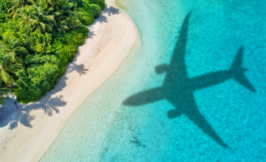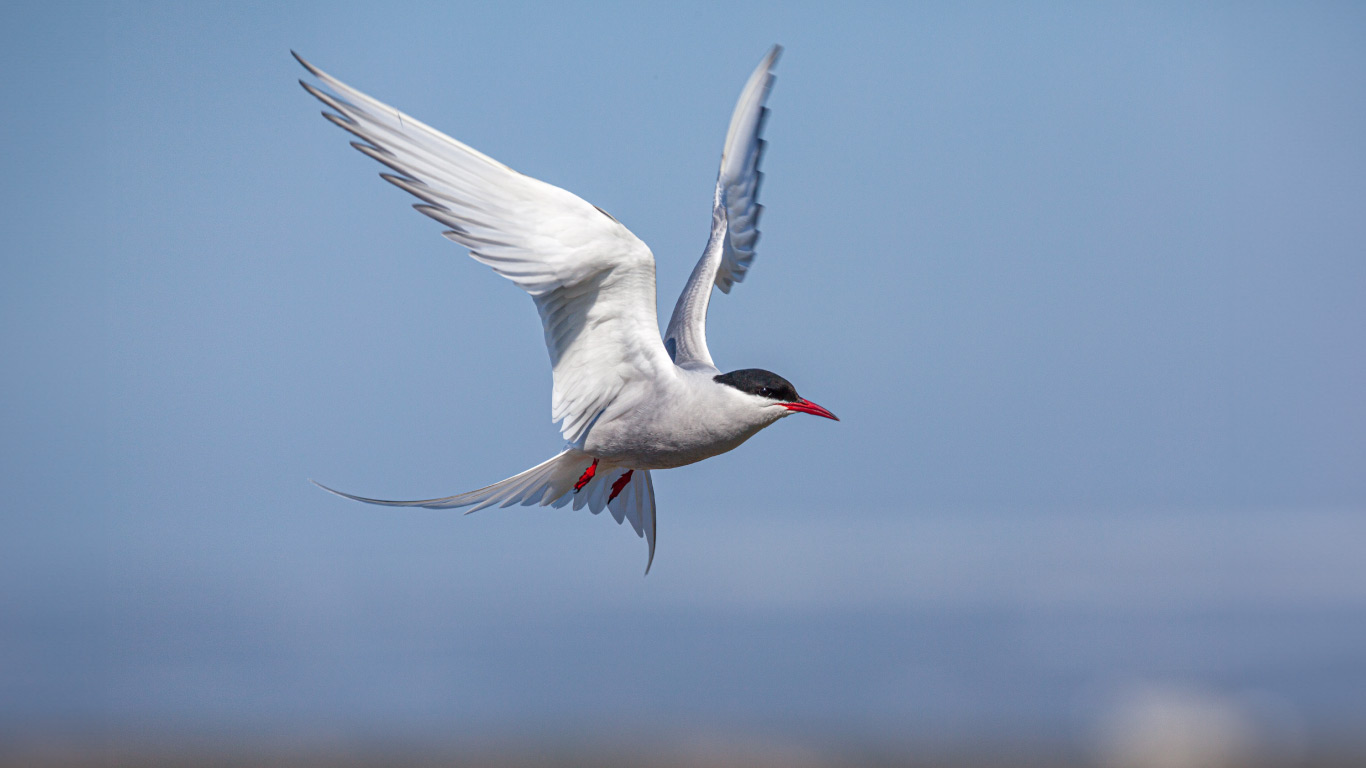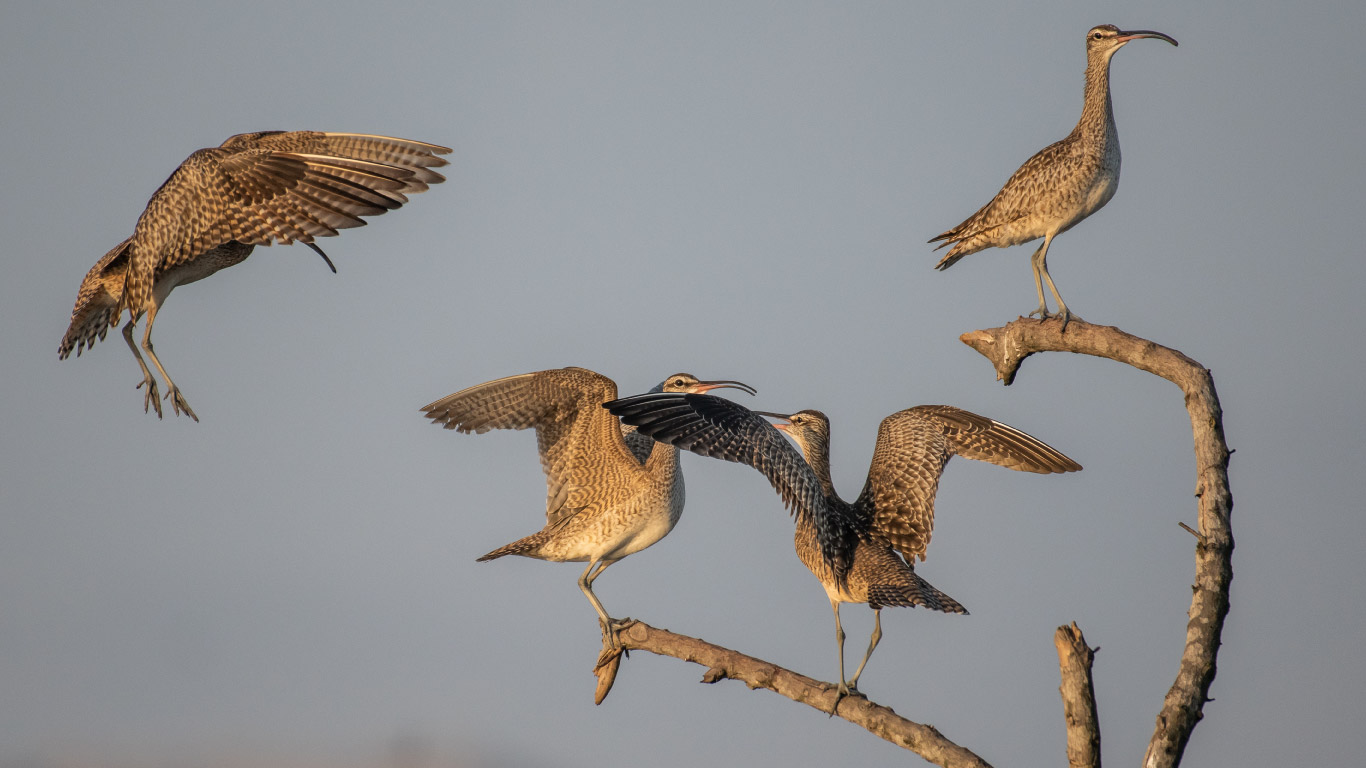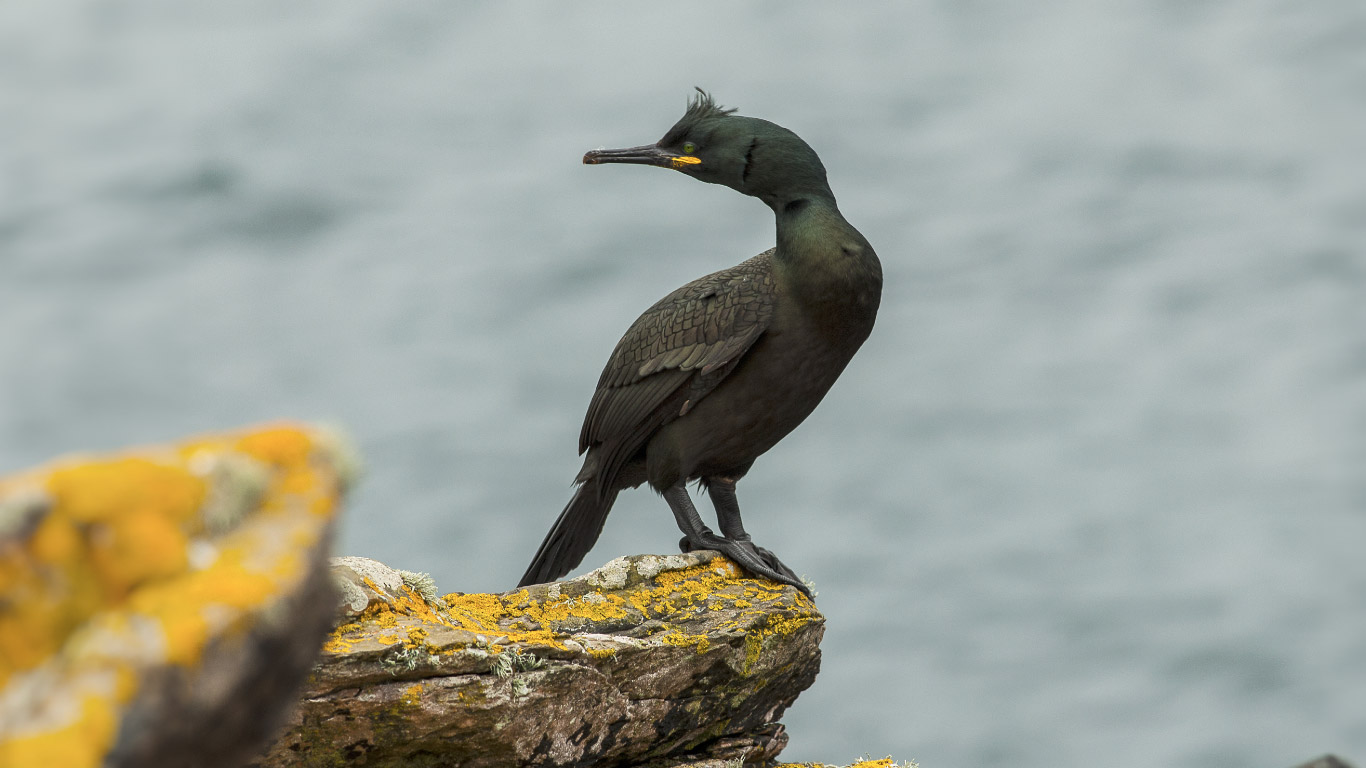Travel Consultants
Is your time too precious to spend long hours searching for the perfect holiday in the Azores? Looking for expert help in organizing your trip? Hire an Azores.com Travel consultant.

The Azores Archipelago, comprising 9 islands, stands as one of the premier ecosystems globally for ecotourism.
At Azores.com, we advocate for its promotion in the most sustainable manner. Ecotourism involves responsible travel to natural environments that safeguard the ecosystem and contribute to the welfare of local communities.
The amount of different birds of Azores offers a genuinely authentic and rich birdwatching experience, thanks to the archipelago’s remarkable preservation of its biodiversity, encompassing both plant and animal life.
As you set foot on the lush, emerald islands of the Azores, you are not just stepping into a tropical paradise, but also into a birdwatcher’s haven. The archipelago, comprising nine volcanic islands, is a vital stopover for numerous migratory bird species and a year-round home to many endemic ones. As you explore the islands, you will have the chance to spot a diverse array of feathered friends, from the majestic Monteiro’s storm-petrel to the vibrant Azores bullfinch. Let us break down the islands, one by one, to uncover the unique bird species you can observe in this Atlantic haven.
The flag also features representations of the birds of Azores. Among these is the goshawk, which inspired the name “Azores.”

Author: Marta Ortigosa
To truly appreciate the bird watching experience in the Azores, it is imperative to understand the unique geography of this archipelago.
To find the Azores, look for a group of nine volcanic islands situated in the North Atlantic Ocean, approximately 950 miles west of mainland Portugal and 2400 miles (about 3862.43 km) from the US East Coast. You will discover a subtropical climate, characterized by mild temperatures, high humidity, and significant rainfall throughout the year.
An abundance of diverse ecosystems and habitats await you in the Azores, including lush forests, rolling hills, rugged coastlines, and crater lakes.
The Azores’ unique geography has given rise to a wide range of ecosystems, each supporting a distinct array of flora and fauna. As you explore the islands, you will encounter towering trees, such as the Japanese cedar and the cryptomeria, which provide shelter for various bird species. The archipelago’s rugged coastline, punctuated by steep cliffs and hidden coves, offers a haven for seabirds and other marine species. Meanwhile, the crater lakes, such as the iconic Sete Cidades on São Miguel Island, support a variety of aquatic life.
You find yourself amid a remarkable phenomenon as you explore the Azores archipelago. The islands’ strategic location in the North Atlantic makes them a crucial stopover for numerous bird species migrating between their breeding and wintering grounds.
An abundance of bird species can be observed in the Azores during the spring and autumn migrations. As you explore the islands, you will notice that the spring migration typically occurs from March to May, while the autumn migration takes place from August to October. During these periods, the Azores become a hub of avian activity, with species such as the Common Tern, Arctic Tern, and Whimbrel making appearances.

Arctic Tern bird
Variations in bird migration patterns are influenced by the Azores’ location at the crossroads of several major flyways. As you explore deeper into the world of bird watching, you will discover that the archipelago lies at the intersection of the East Atlantic Flyway, the West African-Eurasian Flyway, and the American Flyway.
Routes such as the East Atlantic Flyway, which connects the Arctic tundra to West Africa, bring species like the Pomarine Skua, Long-tailed Skua, and Sabine’s Gull to the Azores. Meanwhile, the West African-Eurasian Flyway, which spans from Scandinavia to West Africa, brings birds like the Montagu’s Harrier and the Lesser Kestrel to the islands. The American Flyway, which connects North America to South America, also influences the migration patterns of species such as the American Golden-Plover and the Hudsonian Whimbrel.
This largest island in the Azores boasts a diverse range of ecosystems, from the Furnas Lake, a popular spot for bird watching, to the Gorreana Tea Plantation, which provides a unique habitat for certain bird species.
São Miguel is a key stopover for many migratory bird species. The island’s wetlands, such as the São Miguel Natural Reserve, attract birds like the Common Snipe, Green Sandpiper, and Ruff during their migrations.
As the oldest island in the Azores, Santa Maria features a mix of rugged coastlines, rolling hills, and forests, making it an ideal destination for spotting a variety of bird species.
Located in the easternmost part of the archipelago, Santa Maria Island is an important stopover for birds migrating between North America and Europe. Species like the American Golden-Plover, Hudsonian Whimbrel, and Red Knot can be spotted on the island’s beaches and wetlands.
Terceira’s landscape is characterized by lush forests, crater lakes, and a rugged coastline, providing a rich environment for bird watching and exploration.
Terceira’s is an attractive stopover for a wide range of bird species. Look out for birds like the Common Tern, Arctic Tern, and Whimbrel during their migrations.
This small, peaceful island is home to a diverse range of ecosystems, including forests, wetlands, and coastal areas, making it a haven for bird life.
Graciosa is a haven for seabirds, with species like the Cory’s Shearwater, Manx Shearwater, and Fea’s Petrel making appearances during their migrations.
Flores, known for its stunning natural beauty, features a mix of rugged coastlines, crater lakes, and forests, providing a unique environment for bird watching and exploration.
Located in the westernmost part of the Azores, Flores Island is a key stopover for birds migrating between North America and Europe. Species like the American Golden-Plover, Hudsonian Whimbrel, and Red Knot can be spotted on the island’s beaches and wetlands.
This island is often called the “Blue Island” due to its vibrant blue hydrangeas. Faial’s landscape is characterized by rugged coastlines, forests, and rolling hills, making it an ideal destination for spotting a variety of bird species.
Pico, home to Portugal’s highest peak, features a dramatic landscape of volcanic mountains, forests, and coastal areas, providing a rich environment for bird watching and exploration.
This island is known for its rugged coastline, steep cliffs, and rolling hills, making it an ideal destination for spotting seabirds and other marine species.
The smallest island in the Azores, Corvo is a haven for seabirds and other marine species, with its rugged coastline, steep cliffs, and hidden coves providing a unique environment for bird watching. Corvo is a remote and isolated haven for migratory birds. Species like the Common Tern, Arctic Tern, and Whimbrel can be observed on the island’s rugged coastline and wetlands.

Whimbrel Bird
One of the most fascinating aspects of bird watching in the Azores is the opportunity to observe the unique resident species that call this archipelago home.
For those seeking a truly exclusive experience, the Azores is home to several endemic species found nowhere else on the planet. The Azores Bullfinch, characterized by its black crown, face, wings, and tail, this small bird, referred to locally as priolo, holds the title of the most endangered and the second rarest passerine in Europe. It is unique to the Azores, yet it is restricted to São Miguel, particularly within the areas of Serra da Tronqueira and Vale das Furnas in the eastern part of the island.
You may also spot the Monteiro’s Storm-petrel, a seabird found only in the Azores.
This is the tiniest seabird in the archipelago. Recognizable by its wide wings, square tail, and distinctive diagonal wing bar, this species breeds exclusively on two islets near Graciosa: Ilhéu de Baixo and Ilhéu da Praia. These sites host what is regarded as the largest colony of these birds globally, with around 100 pairs.
Common Resident Species
The Azores is also home to a variety of common resident species that are a delight to observe. You will have the chance to see species like the Common Buzzard, the Kestrel, and the Grey Wagtail.
The Common Buzzard is a subspecies native to the Azores and is the only bird of prey that resides in the archipelago. It is smaller than its relatives found on the mainland and can be spotted in coastal regions as well as mountainous areas, although it is absent from the Western Group of islands. Early inhabitants confused this bird with the goshawk, known as açor in Portuguese, which is also used in the plural form Açores. This confusion led to the collective name for the nine islands.
Plus, as you explore the islands, you will notice that each island has its own unique characteristics that support a diverse range of resident species. On São Miguel, you may spot the Trocaz Pigeon, while on Faial, the Atlantic Canary is a common sight.
This small passerine (Atlantic Canary), recognized by its bright yellow-green feathers adorned with chestnut-brown streaks, ranks among the most vibrant birds of Azores. Commonly referred to as the island canary or wild canary, it can be found throughout all the islands.
On Flores, the island’s lush forests are home to the Azores Chaffinch, and on Corvo, the island’s rugged landscape supports a population of Berthelot’s Pipits. By exploring each island, you will gain a deeper appreciation for the unique characteristics of each and the resident species that call them home.

Azores chaffinch
Many of the bird species you will encounter in the Azores are seabirds, which thrive in the archipelago’s unique oceanic environment. As you explore the islands, you will have the opportunity to observe a diverse range of seabirds, each with their own fascinating characteristics.
On the open waters, you will find pelagic birds of Azores that spend most of their lives at sea. Species like the Cory’s Shearwater, Great Shearwater, and Fea’s Petrel can be seen gliding effortlessly above the waves, their wings beating in a slow, rhythmic motion.
During summer nights in the Azores, one of the most unusual sounds you might encounter is the gurgling, throaty call of the Cory’s Shearwater. These birds are present from March to mid-November, and their loud cackling signals the breeding season, as they establish nests in colonies on sea cliffs and rugged outcrops.
An abundance of coastal birds of Azores can be found along the rocky shores and cliffs. You’ll spot species like the Common Guillemot, European Shag, and Yellow-legged Gull, which have adapted to the harsh marine environment.
The interisland ferries provide great opportunities to observe Yellow-legged Gulls, a robust seabird, known for its distinctive loud, nasal “laugh.” Commonly found across the archipelago, this resident species can often be seen on landfills and in grassy fields throughout the year. Its bright yellow legs set it apart from other similar birds, including the lesser black-backed and herring gulls. The nesting period extends from mid-March to early May.
Another notable aspect of coastal birds of Azores is their unique island-specific populations. For example, the Monteiro’s Storm-petrel, found only on the islands of Graciosa and Flores, is a subspecies endemic to the archipelago. Similarly, the Azores Bullfinch, found on São Miguel Island, is a distinct subspecies of the Eurasian Bullfinch.
Let’s break it down by island:
São Miguel Island
Cory’s Shearwater
Great Shearwater
Fea’s Petrel
Common Guillemot
European Shag
Yellow-legged Gull
Azores Bullfinch
Graciosa
Island Monteiro’s Storm-petrel
Flores Island
Monteiro’s Storm-petrel

Double-crested cormorant
Unlike other archipelagos, the Azores offers a unique opportunity to observe a diverse range of birds of prey, from soaring raptors to stealthy nocturnal hunters. As you explore the islands, you will have the chance to spot these magnificent creatures in their natural habitats.
Preying on unsuspecting rodents and small birds, raptors and falcons are a common sight in the Azores. You may catch a glimpse of the kestrel, a small but fierce hunter, swooping down from its perch on a telephone wire or tree branch. On São Miguel Island, look out for the peregrine falcon, which breeds on the island’s rugged coastline.
The darkness of night brings out a distinct set of predators, as owls and nocturnal hunters take to the skies. The barn owl, with its ghostly white plumage, is a frequent sight on most islands, while the screech owl can be heard calling out its distinctive cry on Flores and Faial Islands.
Plus, as you venture into the misty forests of São Jorge Island, keep an ear out for the hooting of the Atlantic canary, a subspecies of the common buzzard, which is endemic to the Azores. With patience and a keen eye, you may even spot a whiskered owlet, a rare and elusive bird that inhabits the island’s dense woodlands.
Keep your eyes peeled for the melodious trills of songbirds and the fluttering of passerines as you explore the lush landscapes of the Azores. This archipelago is a haven for these delightful creatures, and you will have the chance to spot a diverse range of species.
Around the misty forests and scrublands of São Miguel Island, you will find the Atlantic Canary, a subspecies of the Common Canary, flitting between the trees. Meanwhile, on Faial Island, the Grey Wagtail and the Common Chiffchaff can be seen darting along the streams and hedgerows.
The Grey Wagtail is an energetic and curious bird, recognized for its unique tail-bobbing behavior. This species flourishes in various habitats throughout the Azores, with sightings reported even at the peak of Pico. The male of this subspecies boasts a black throat, while the female displays a white throat.
Warbling away in the gardens and woodlands of Flores Island, the Azores Bullfinch is a prized sight for any bird enthusiast. This endemic species is found nowhere else on Earth, making it a true treasure of the Azores.
The Finches and Buntings of the Azores are a fascinating group, with many species displaying striking plumage and intriguing behaviors. On Corvo Island, look out for the Common Linnet, with its vibrant red forehead and breast, as it flits between the gorse and heather. Meanwhile, on Graciosa Island, the Corn Bunting can be seen perched atop stone walls, its melodic song filling the air.
All along the coastlines and wetlands of the Azores, you will find a diverse array of waterbirds and waders, each with their unique characteristics and habits. As you explore the archipelago, keep your eyes peeled for these fascinating creatures.
With their slender silhouettes and graceful movements, herons and egrets are a delight to observe. In the Azores, you may spot the Grey Heron, Little Egret, and Western Cattle Egret, particularly on the islands of São Miguel and Faial.
Waders of the duck and goose family can be found in the Azores’ wetlands and coastal areas. You may encounter the Mallard, Eurasian Teal, and Atlantic Canada Goose on São Miguel, while Flores and Corvo are home to the Common Shelduck.
A closer look at the ducks and geese in the Azores reveals some interesting habits. On São Miguel, for instance, you may observe Mallards and Eurasian Teals in the Furnas Lake, where they feed on aquatic plants and small invertebrates. Meanwhile, on Flores, the Common Shelduck can be seen waddling along the shores of the Lagoa Funda, searching for crustaceans and mollusks.
São Miguel Island
Grey Heron
Little Egret
Western Cattle Egret
Mallard
Eurasian Teal
Atlantic Canada Goose
Faial
Grey Heron
Little Egret
Western Cattle Egret
Flores
Common Shelduck
Corvo
Common Shelduck
As you explore the Azores, remember to respect these incredible creatures and their habitats, and enjoy the unique experience of observing them in their natural environment.
After exploring the common birds of Azores, you may be wondering about the rare and vagrant birds that occasionally visit these islands. The Azores’ unique location in the North Atlantic makes it an important stopover for many migratory birds, and some species may wander off course, bringing excitement to birdwatchers and ornithologists alike.
With its strategic position in the middle of the ocean, the Azores archipelago is prone to receiving accidental visitors from both the Old and New Worlds. You may be lucky enough to spot a rare bird that has strayed from its usual migration route, such as the American Golden-Plover or the Hudsonian Whimbrel.
As you explore the Azores archipelago, you will notice a strong commitment to preserving the region’s unique biodiversity. The Azorean government, along with local organizations and international partners, has implemented various conservation initiatives to protect the islands’ natural heritage.
For your benefit, the Azores has established a network of protected areas and reserves, covering over 20% of the archipelago’s landmass. These sanctuaries provide a safe haven for endangered species, allowing them to thrive in their natural habitats. You will find reserves like the Special Protection Area of Monte da Guia on São Miguel Island, which safeguards the habitat of the Azores bullfinch.
Areas like the Azores, with their unique and fragile ecosystems, face specific challenges. You will encounter threats such as habitat destruction, climate change, and invasive species, which can have devastating effects on the local wildlife.
Protected areas, however, are not immune to these challenges. For instance, on the island of Flores, the introduction of non-native species like the American mink has led to a decline in the population of the endemic Azores green lizard. Similarly, on Faial Island, the expansion of agricultural lands has resulted in the destruction of habitats crucial for the survival of the Monteiro’s storm-petrel. It is crucial to continue conservation efforts to mitigate these threats and preserve the Azores’ rich biodiversity. Breaking it down by island, you will find:
On São Miguel Island, the focus is on protecting the habitats of the Azores bullfinch and the Monteiro’s storm-petrel.
On Faial Island, conservation efforts are centered around preserving the habitats of the Monteiro’s storm-petrel and the Fea’s petrel.
On Flores Island, the emphasis is on controlling the population of invasive species, such as the American mink, to safeguard the Azores green lizard and other endemic species.
On Terceira Island, the priority is on protecting the habitats of the Azores noctule bat and the Monteiro’s storm-petrel.
By supporting these conservation initiatives, you can contribute to the preservation of the Azores’ unique natural heritage, ensuring that future generations can continue to marvel at the archipelago’s incredible biodiversity.
Despite the Azores being a small archipelago, it boasts an impressive array of bird watching hotspots, each with its unique charm and species to discover. As you explore the islands, you will find yourself immersed in a world of feathered wonders.
Any birder worth their salt will tell you that São Miguel Island is a must-visit destination. The island’s lush forests, rolling hills, and rugged coastlines provide the perfect habitat for a diverse range of species. You will have the chance to spot the Azores Bullfinch, the Monteiro’s Storm-petrel, and the Whimbrel, among many others.
With its dry forests, grasslands, and coastal cliffs, this island offers a unique opportunity to observe species that are scarce elsewhere in the Azores. You will be on the lookout for the Spectacled Warbler, the Iberian Grey Shrike, and the Common Kestrel.
Another highlight of Santa Maria Island is the opportunity to explore the island’s rugged coastline, where you can spot seabirds such as the Cory’s Shearwater and the Manx Shearwater. Take your time to wander along the coastal paths, breathe in the salty air, and let the sound of the waves guide you to your next avian discovery.
Your journey to observe the fascinating bird species in the Azores begins with the right equipment. As you prepare to explore the lush forests, rugged coastlines, and rolling hills of this archipelago, make sure you have the following imperatives in your bird-watching kit.
For a closer look at the birds, invest in a good pair of binoculars (7x or 8x magnification) and a portable spotting scope. These will help you observe birds of Azores without disturbing them, especially in areas with dense vegetation or at a distance. Look for waterproof and fog-proof models to withstand the Azores’ humid climate.
Resources like field guides, identification apps, and online forums will help you learn about the birds of Azores. Familiarize yourself with the species’ descriptions, habitats, and behaviors to improve your identification skills.
To take your bird-watching experience to the next level, consider downloading apps like Merlin Bird ID , which offer detailed species information and identification tools.
Breaking it down by island, here are some specific recommendations:
São Miguel Island: Bring a spotting scope to observe seabirds like the Monteiro’s Storm-petrel and the Azores Bullfinch in the island’s rugged coastal areas.
Santa Maria Island: Focus on binoculars for observing landbirds like the Grey Wagtail and the Common Kestrel in the island’s forests and grasslands.
Terceira Island: Invest in a waterproof field guide to withstand the island’s humid climate and use it to identify species like the Azores Gull and the Whimbrel.
As you venture into the lush landscapes of the Azores, remember that successful bird watching requires a combination of skills, knowledge, and attitude. To make the most of your birding experience, follow these valuable tips and techniques, tailored to the unique environment of the Azores archipelago.
Familiarize yourself with the local bird species, their habitats, and behaviors to increase your chances of spotting them.
Invest in a good pair of binoculars, suitable for the Atlantic climate, and a field guide specific to the Azores.
Be prepared for variable weather conditions, and dress accordingly.
Respect the environment and the birds of Azores, keeping a safe distance and avoiding disturbance.
After mastering these basics, you will be well on your way to an unforgettable bird watching experience in the Azores.
Azorean mornings often dawn slowly, and so should your approach to bird watching. Take your time, breathe in the fresh air, and let the surroundings unfold before your eyes. Allow yourself to settle into the rhythm of nature, and the birds of Azores will begin to reveal themselves.
Persistent observation is key to successful bird watching. Take note of the birds’ plumage, size, shape, and behavior, and record your findings in a journal or digital log.
Observation is not just about seeing; it is about truly noticing the subtleties of your surroundings. Pay attention to the way the light falls on the birds’ feathers, the sounds they make, and the way they interact with their environment. By doing so, you will develop a deeper appreciation for the intricate world of birds of Azores and its unique ecosystem.
São Miguel Island: Focus on the laurel forests of Nordeste and the wetlands of Ponta Delgada for species like the Azores Bullfinch and the Grey Wagtail.
Santa Maria Island: Explore the dry forests of Barreiro and the coastal cliffs of Vila do Porto for sightings of the Monteiro’s Storm-petrel and the Common Kestrel.
Terceira Island: Visit the misty forests of Terra Nostra Park and the coastal wetlands of Praia da Vitória for encounters with the Atlantic Canary and the Whimbrel.
Graciosa Island: Discover the Furna do Enxofre, a natural reserve, and the coastal areas of Santa Cruz da Graciosa for species like the Common Tern and the Eurasian Oystercatcher.
Flores Island: Venture into the rugged landscapes of Fazenda and the lakes of Sete Cidades for sightings of the Azores Goldcrest and the Northern Gannet.
Corvo Island: Explore the isolated landscapes of Caldeirão and the coastal cliffs of Vila do Corvo for encounters with the Fea’s Petrel and the Great Skua.
We offer exceptional ecotourism packages in the Azores, showcasing the islands’ beauty while promoting sustainability and supporting local communities for a responsible travel experience. To explore birding tours in the Azores, consider our day tours or contact our expert tour guides.